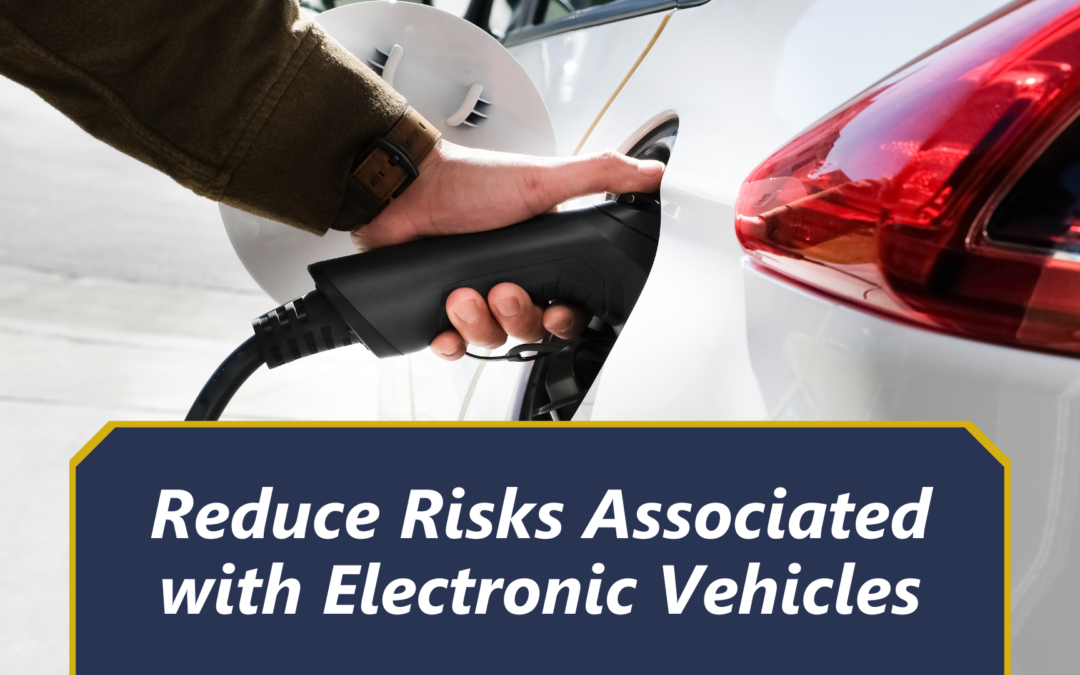Electric vehicles (EVs) are becoming increasingly popular due to their environmental benefits and technological advancements. However, like any other vehicle, EVs can also pose certain risks, including the potential for fires. To minimize these risks, it’s essential to take proactive measures and understand the common causes of EV fires.
Common Causes of EV Fires:
- Manufacturing defects: While rare, manufacturing defects can sometimes lead to electrical faults that may ignite a fire.
- Wear and tear: Over time, components within the EV’s battery pack or charging system can wear out or become damaged, increasing the risk of fire.
- Accidents: Collisions or other accidents can cause damage to the EV’s battery pack or electrical components, leading to potential fires.
- Extended exposure to saltwater: Exposure to saltwater can corrode electrical components and increase the risk of fire, especially in coastal areas.
Tips to Reduce Your Risk:
- Invest in a Suitable Fire Extinguisher: Having a fire extinguisher specifically designed for EVs in your vehicle can be crucial in case of an emergency. Look for extinguishers rated for Class C fires, which are suitable for electrical equipment.
- Regular Maintenance and Recalls: Keep up with your EV’s scheduled maintenance and be attentive to any recalls issued by the manufacturer. Regular inspections can help identify and address potential issues before they escalate.
- Adhere to Charging Instructions: Always follow the manufacturer’s guidelines for charging your EV. This includes using the recommended charging cables, avoiding excessive charging times, and ensuring proper ventilation during charging.
- Choose Certified Chargers: When using public charging stations, select chargers that have an Underwriters Laboratories (UL) seal or another nationally recognized certification. These chargers are designed and tested to meet safety standards.
- Practice Defensive Driving: Defensive driving techniques can help prevent accidents that could damage your EV’s electrical components and increase the risk of fire. Be aware of your surroundings, maintain a safe following distance, and avoid sudden braking or swerving.
- Replace Damaged Chargers: If your EV’s charging cable or charger shows signs of wear or damage, replace it promptly. Damaged chargers can pose a fire hazard.
By following these tips and staying informed about EV safety, you can significantly reduce the risk of fires and enjoy the benefits of electric vehicle ownership with confidence. EV insurance policies can provide coverage for repairs, replacement, and potential liability.

